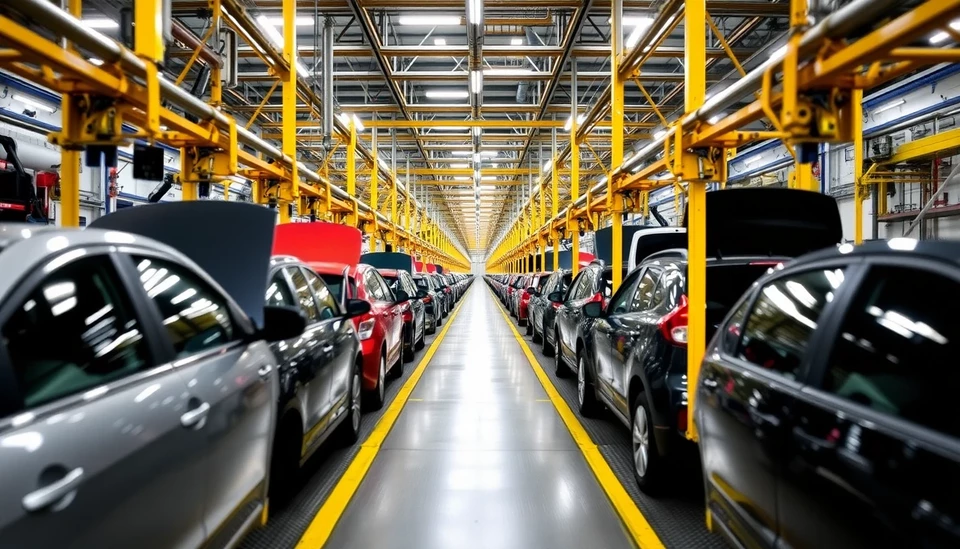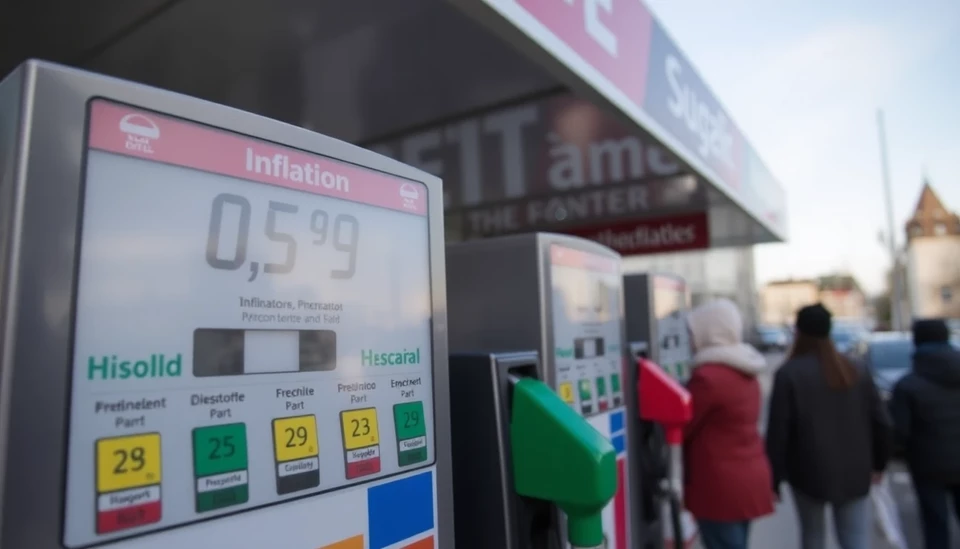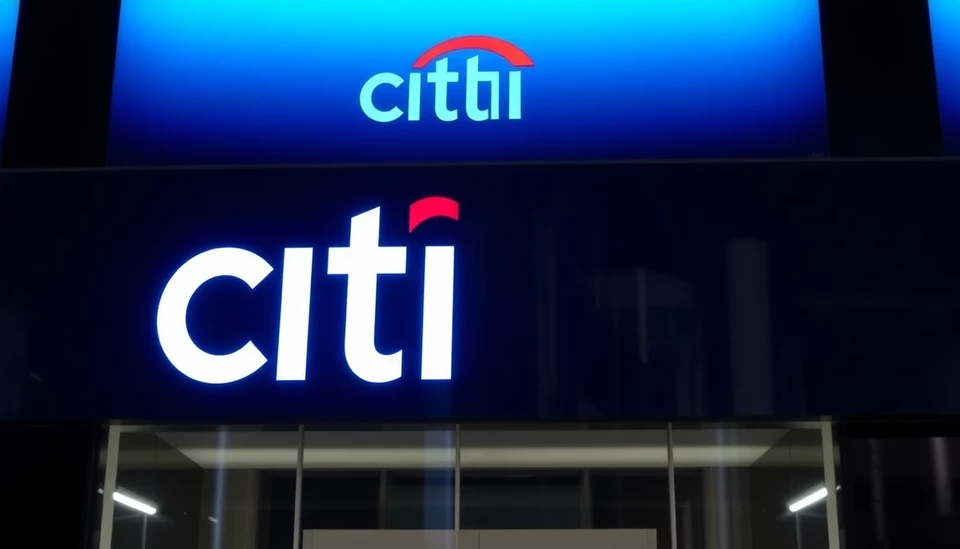
Hungary's industrial sector is currently undergoing a notable downturn, witnessing its most severe contraction since the onset of 2023. This decline is primarily attributed to challenges faced within the automotive and battery manufacturing sectors, which are integral to the nation’s economy. Recent data indicates that industrial output dropped sharply in March, reflecting broader concerns about future growth prospects.
The statistics reveal a sharp year-on-year decline of 6.4% in industrial production, marking the steepest drop in nearly two years. Analysts point to the slowing demand for automobiles and electric vehicles as pivotal factors contributing to this downward trend. Hungary, a key player in car manufacturing and a burgeoning hub for electric battery production, is feeling the strain as global markets shift and consumer preferences evolve.
Particularly alarming is the fact that the automotive industry, which constitutes a significant portion of Hungary's industrial output, experienced a staggering reduction of nearly 11% compared to the same period last year. The battery sector, integral to the transition towards electric vehicles, is also facing growing pressures amid fluctuating demand and supply chain disruptions.
The implications of this downturn are multifaceted. Hungary’s government and industry stakeholders are now grappling with the need to adapt to changing market conditions. The European Union's Green Deal and the global push towards sustainability may compound the challenges, as investments in innovative technologies and training for future skilled labor become increasingly necessary.
As the situation evolves, economic analysts are keeping a close eye on subsequent data releases, hoping for indications of stabilization or recovery in industrial output. The government's response to this downturn will be crucial in determining whether Hungary can rebound from this slump or if it will face prolonged struggles in its manufacturing sector.
In the wake of these developments, stakeholders across the spectrum are urged to reassess their strategies. With many manufacturers reliant on export markets, the focus may need to shift towards enhancing value chains and fostering innovation to better compete in an increasingly volatile global marketplace.
Moving forward, the challenge lies not only in mitigating the current downturn but also in positioning Hungary’s industrial sector to thrive amidst the ongoing evolution of the automotive and energy landscape.
As Hungary navigates through these turbulent economic waters, the encumbrance on its industrial output serves as a critical signal of the need for adaptive strategies and resilience within one of its key industries.
Stay tuned for further updates on Hungary's economic landscape as developments unfold and as the industrial sector seeks to recover from this setback.
#Hungary #IndustrialDecline #AutomotiveManufacturing #BatteryProduction #EconomicTrends #MarketChallenges #Sustainability #Innovation #EconomicRecovery
Author: Rachel Greene




